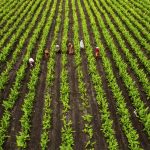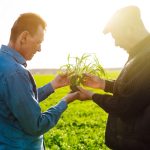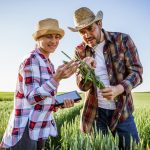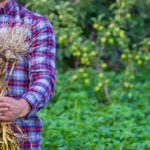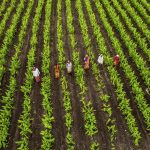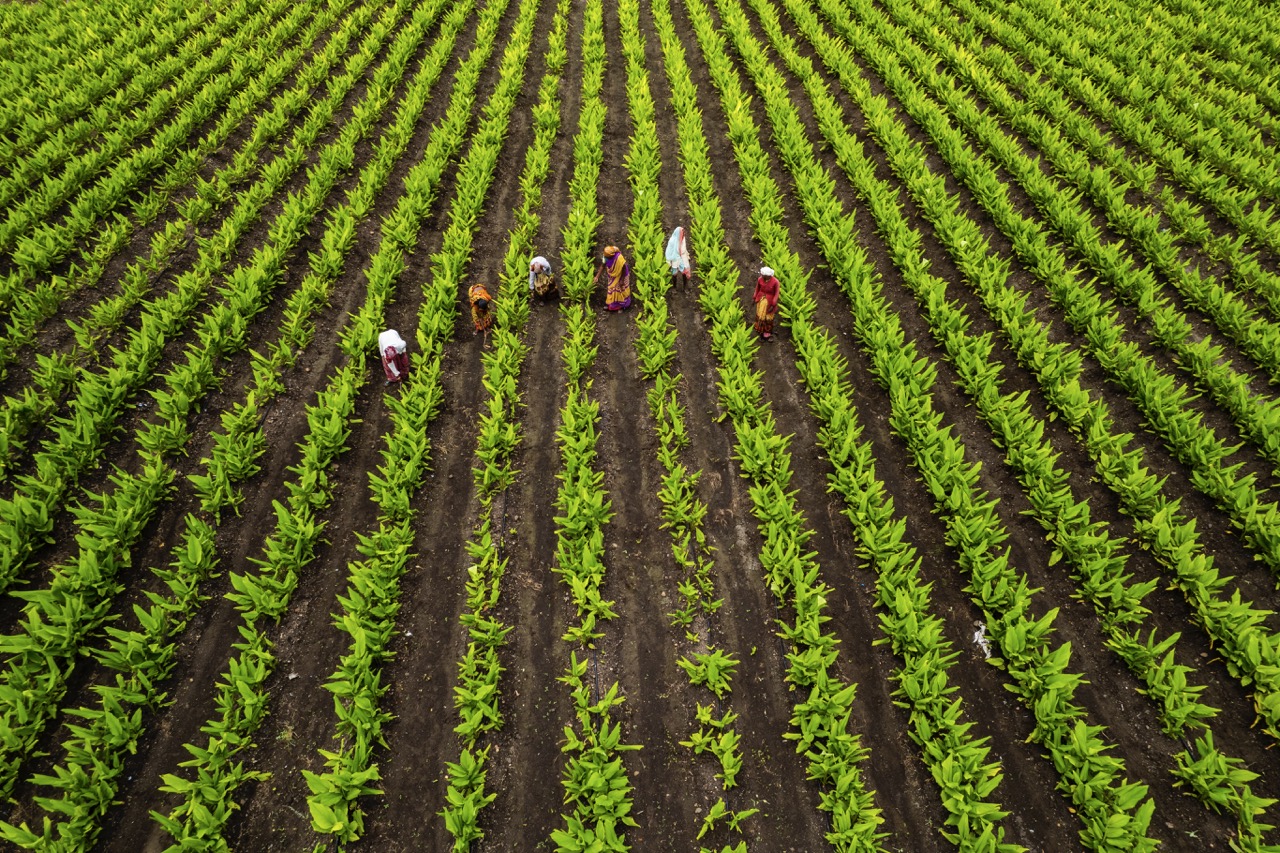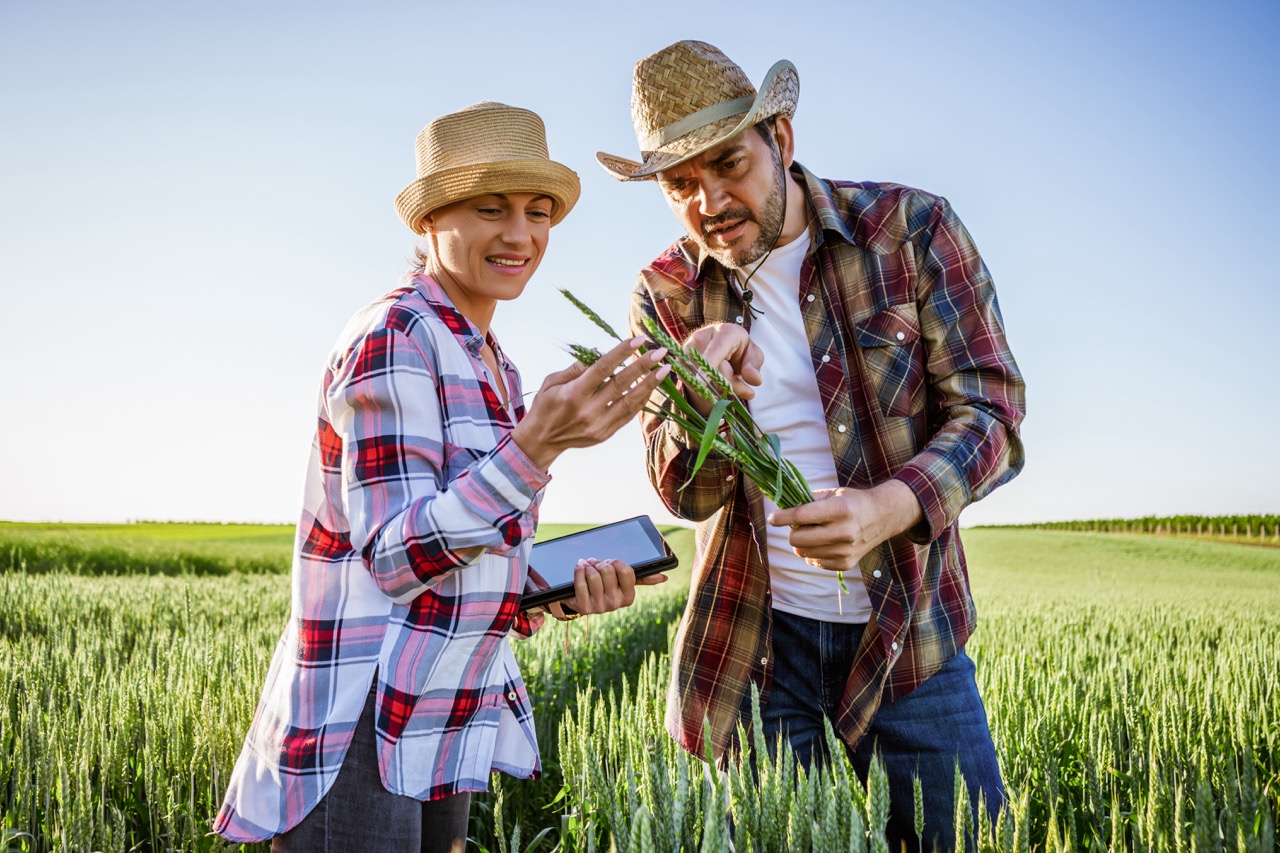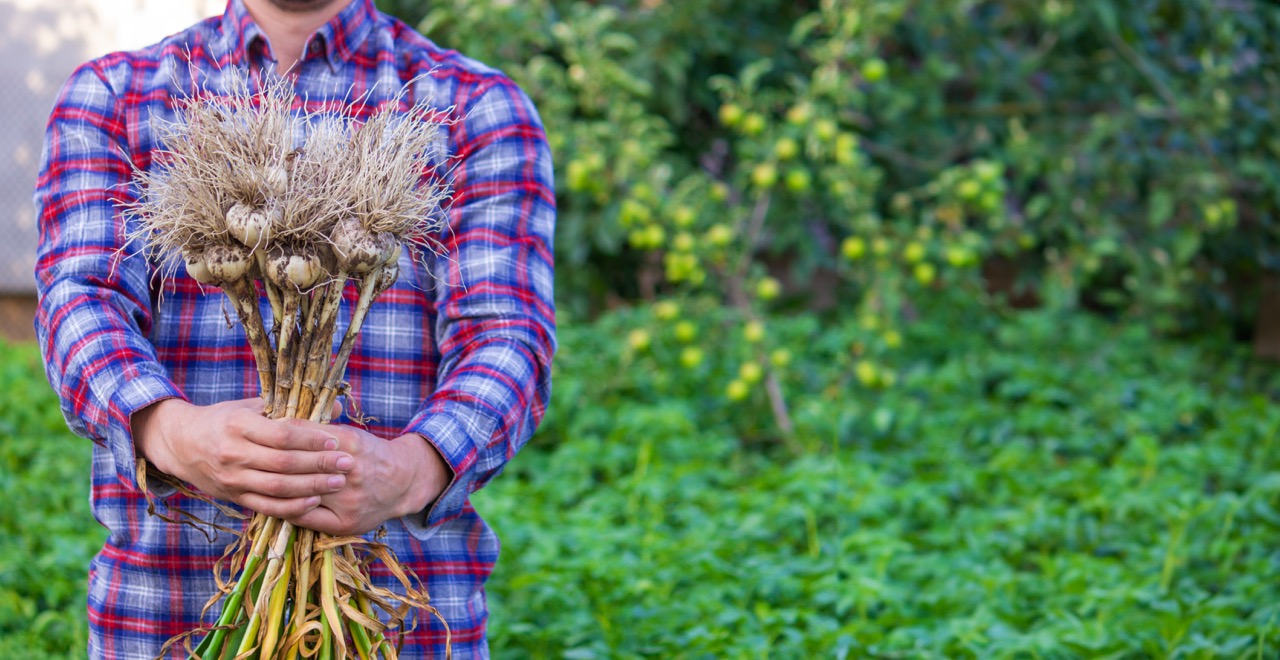The agricultural landscape is shaped not only by the crops grown but also by the systems of cultivation and land use that underlie farming practices. Two common arrangements in this realm are sharecropping and leasing land for agriculture. While both methods provide pathways for farmers to cultivate land, they are fundamentally different in terms of structure, financial arrangements, and the implications for those involved. Understanding these differences is crucial for policymakers, agricultural economists, and farmers themselves, as these models influence livelihoods and rural economies.
Understanding the Basics of Sharecropping vs. Leasing
Sharecropping is a system where a landowner allows a tenant to use the land in exchange for a share of the crop produced. The arrangement typically involves the landowner providing not only the land but also seeds, equipment, and sometimes financial support. The sharecroppers, often economically disadvantaged, contribute their labor and expertise in farming but may find themselves bound in a cycle of debt due to the costs involved in production. This system, rooted in the agrarian social structure, often perpetuates inequality and dependency.
Leasing, on the other hand, is a more straightforward contractual agreement where a farmer pays a fixed fee to rent land for a specified period. In this model, the lessee retains considerably more autonomy over farming decisions since they are not tied to a profit-sharing scheme. This arrangement allows for greater flexibility, as farmers can negotiate terms based on market conditions, crop choices, and operational needs. The lack of shared risk in leasing contrasts sharply with sharecropping, where both profits and losses are shared between the landowner and the tenant.
In summary, the primary distinction lies in the relationship between the farmer and the landowner. Sharecropping is inherently a partnership with shared financial risks and rewards, while leasing is a more transactional relationship defined by fixed payments and autonomy. Understanding these foundational differences is essential for grasping the broader implications of these agricultural practices.
Historical Context: The Evolution of Agricultural Agreements
The practice of sharecropping has roots that trace back to the post-Civil War South in the United States, where it emerged as a means for formerly enslaved individuals to access land in a system that often exploited their labor. This system became entrenched as a way to manage agricultural production without the need for substantial capital investment from the landowners. Over time, sharecropping evolved into a cycle of debt that often left tenants trapped in poverty, as profits from crops were insufficient to cover debts owed to landowners for seeds and tools.
In contrast, the leasing of agricultural land has been a more traditional and widespread practice for centuries across various cultures and regions. Farmers have leased land to expand their operations or to enter the agricultural market without needing to purchase land outright. This practice has been seen as a viable way for farmers to manage risk and adapt to changing economic conditions. Leasing agreements have often been formalized through written contracts, providing a legal framework that has evolved with changing agricultural practices and economic realities.
As agricultural practices have modernized, both sharecropping and leasing arrangements have seen transformations. New technologies and farming methods challenge these traditional systems, prompting discussions about sustainability, equity, and economic viability. The historical context of these agreements is essential to understanding their current significance and the ongoing debates surrounding land use and agricultural equity.
Financial Implications: Profit Sharing vs. Fixed Rent Models
The financial dynamics of sharecropping are complex, primarily revolving around profit-sharing. In this arrangement, the landlord and sharecropper split the crop yield, often with the landlord taking a significant percentage. This model can lead to financial instability for sharecroppers, who may struggle to make ends meet, especially if crop yields are poor or market prices fluctuate. The need for upfront investments in seeds, tools, and other inputs can create a cycle of dependence, where sharecroppers are often indebted to landowners, hindering their ability to invest in their own future.
Leasing presents a different financial paradigm. With a fixed rent model, farmers agree to pay a predetermined amount for the use of the land, which allows them to predict costs accurately. This financial clarity enables farmers to plan their budgets, manage their cash flow, and make informed decisions regarding crop selection and inputs. Additionally, leasing arrangements may offer the potential for profit maximization, as all earnings from crop sales go directly to the farmer, reducing the risk of falling into a debt cycle typical of sharecropping.
Ultimately, the financial implications of these two systems can lead to vastly different outcomes for farmers. While sharecropping can create a precarious economic situation for tenants, leasing provides farmers with fiscal autonomy and the potential for greater financial stability. This distinction underscores the importance of understanding agricultural agreements not just in terms of land use but as critical components of economic resilience for farmers.
Impacts on Farmers: Autonomy in Sharecropping vs. Leasing
In sharecropping arrangements, the autonomy of farmers is often severely limited. Sharecroppers may have little say in the choice of crops grown, the farming methods employed, or the timing of planting and harvesting. This lack of control can result from the financial dependency on landowners, who dictate terms based on their interests. Furthermore, the sharecropper’s need to repay debts can lead to a focus on cash crops at the expense of food security or sustainable practices, reflecting the broader systemic issues that characterize sharecropping.
Conversely, leasing agreements afford farmers a greater degree of autonomy. With the freedom to decide what to plant and how to manage their land, lessees can pursue innovative practices that align with market trends and personal preferences. This flexibility can encourage a more sustainable approach to agriculture, as lessees are motivated to maintain the health of the soil and the surrounding ecosystem to ensure long-term productivity. The autonomy inherent in leasing can empower farmers, fostering a sense of ownership and responsibility in managing their agricultural operations.
The implications of these differing levels of autonomy extend beyond individual farms; they influence broader community dynamics and economic resilience. Farmers in leasing situations are often better positioned to invest in their operations, adapt to market changes, and engage in community development initiatives. In contrast, sharecroppers are frequently trapped in a cycle of dependency, limiting their ability to contribute positively to their communities. Understanding these impacts highlights the importance of equitable land-use models that promote autonomy and sustainable agricultural practices.
The differences between sharecropping and leasing land for agriculture reveal critical insights into the complexities of agricultural economics and social equity. While sharecropping has historical roots that often perpetuate inequality and dependency, leasing offers farmers autonomy and financial predictability. As the agricultural sector continues to evolve, the implications of these arrangements will remain pertinent in discussions about sustainable practices, rural development, and the quest for more equitable agricultural systems. Addressing these issues requires a nuanced understanding of how land-use agreements affect not only individual farmers but also the broader agricultural landscape and community resilience.
